DL-2-AMINO-5-PHOSPHONOPENTANOIC ACID
Synonym(s):DL -2-Amino-5-phosphonovaleric acid;5-Phosphono-DL -norvaline;AP-5;APV
- CAS NO.:76326-31-3
- Empirical Formula: C5H12NO5P
- Molecular Weight: 197.13
- MDL number: MFCD00010515
- SAFETY DATA SHEET (SDS)
- Update Date: 2024-11-19 23:02:33
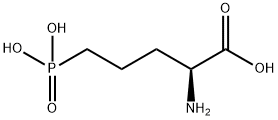
What is DL-2-AMINO-5-PHOSPHONOPENTANOIC ACID?
The Uses of DL-2-AMINO-5-PHOSPHONOPENTANOIC ACID
DL-2-Amino-5-phosphonopentanoic acid has been used:
- in the inactivation of N-methyl-D-aspartate (NMDA)-mediated synapses
- used in growth medium for inhibition of electrical activity in the neuronal network
- used to isolate N-methyl-D-aspartate receptors (NMDAR) or α-amino-3-hydroxy-5-methyl-4-isoxazolepropionic acid receptor (AMPAR)-mediated currents were isolated using this product
- used in double distilled water to compare its NMDA antagonistic action with that of prion protein (PrPC)
What are the applications of Application
DL-2-Amino-5-phosphonovaleric acid (AP5) is a potent N-methyl-D-aspartate antagonist, reported to reverse NMDA inhibition of glutamate.
Definition
ChEBI: The 5-phosphono derivative of 2-aminopentanoic acid; acts as an N-methyl-D-aspartate receptor antagonist.
Biological Activity
Potent NMDA antagonist. See separate isomers (D-(-)-2-Amino-5-phosphonopentanoic acid and L-(+)-2-Amino-5-phosphonopentanoic acid ).
Biochem/physiol Actions
Anticonvulsant; potent and selective NMDA receptor antagonist.
storage
Room temperature
Properties of DL-2-AMINO-5-PHOSPHONOPENTANOIC ACID
| Melting point: | 238-245oC |
| Boiling point: | 482.1±55.0 °C(Predicted) |
| Density | 1.529±0.06 g/cm3(Predicted) |
| storage temp. | Store at RT |
| solubility | NH4OH 1 M: 50 mg/mL, clear, colorless |
| form | solid |
| pka | 2.46±0.10(Predicted) |
| color | white |
| Water Solubility | Soluble to 10 mM in water and to 100 mM in 1eq. NaOH |
| BRN | 2446389 |
| CAS DataBase Reference | 76326-31-3(CAS DataBase Reference) |
Safety information for DL-2-AMINO-5-PHOSPHONOPENTANOIC ACID
| Signal word | Warning |
| Pictogram(s) |
 Exclamation Mark Irritant GHS07 |
| GHS Hazard Statements |
H315:Skin corrosion/irritation H319:Serious eye damage/eye irritation H335:Specific target organ toxicity, single exposure;Respiratory tract irritation |
| Precautionary Statement Codes |
P261:Avoid breathing dust/fume/gas/mist/vapours/spray. P264:Wash hands thoroughly after handling. P264:Wash skin thouroughly after handling. P271:Use only outdoors or in a well-ventilated area. P280:Wear protective gloves/protective clothing/eye protection/face protection. P302+P352:IF ON SKIN: wash with plenty of soap and water. P305+P351+P338:IF IN EYES: Rinse cautiously with water for several minutes. Remove contact lenses, if present and easy to do. Continuerinsing. |
Computed Descriptors for DL-2-AMINO-5-PHOSPHONOPENTANOIC ACID
New Products
4-Fluorophenylacetic acid 4-Methylphenylacetic acid N-Boc-D-alaninol N-BOC-D/L-ALANINOL Tert-butyl bis(2-chloroethyl)carbamate 3-Morpholino-1-(4-nitrophenyl)-5,6-dihydropyridin- 2(1H)-one Furan-2,5-Dicarboxylic Acid Tropic acid S-2-CHLORO PROPIONIC ACID ETHYL ISOCYANOACETATE 2-Bromo-1,3-Bis(Dimethylamino)Trimethinium Hexafluorophosphate (6-METHYL-[1,3]DITHIOLO[4,5-b]QUINOXALIN-2-ONE INDAZOLE-3-CARBOXYLIC ACID 4-IODO BENZOIC ACID (2-Hydroxyphenyl)acetonitrile 4-Bromopyrazole 5,6-Dimethoxyindanone 2-(Cyanocyclohexyl)acetic acid 4-methoxy-3,5-dinitropyridine 2-aminopropyl benzoate hydrochloride 1-(4-(aminomethyl)benzyl)urea hydrochloride diethyl 2-(2-((tertbutoxycarbonyl)amino) ethyl)malonate tert-butyl 4- (ureidomethyl)benzylcarbamate Ethyl-2-chloro((4-methoxyphenyl)hydrazono)acetateRelated products of tetrahydrofuran
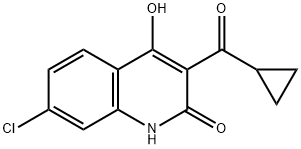
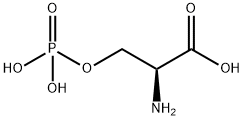

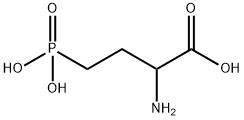
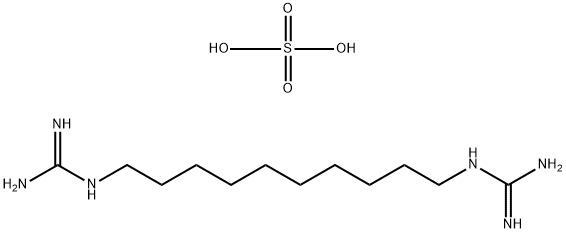
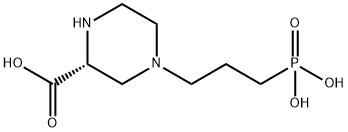

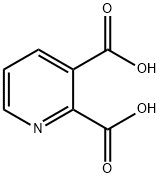
You may like
-
 DL-2-Amino-5-phosphonopentanoic acid CAS 76326-31-3View Details
DL-2-Amino-5-phosphonopentanoic acid CAS 76326-31-3View Details
76326-31-3 -
 2033-24-1 98%View Details
2033-24-1 98%View Details
2033-24-1 -
 1975-50-4 98%View Details
1975-50-4 98%View Details
1975-50-4 -
 2-HYDROXY BENZYL ALCOHOL 98%View Details
2-HYDROXY BENZYL ALCOHOL 98%View Details
90-01-7 -
 2-Chloro-1,3-Bis(Dimethylamino)Trimethinium Hexafluorophosphate 221615-75-4 98%View Details
2-Chloro-1,3-Bis(Dimethylamino)Trimethinium Hexafluorophosphate 221615-75-4 98%View Details
221615-75-4 -
 61397-56-6 CIS BROMO BENZOATE 98%View Details
61397-56-6 CIS BROMO BENZOATE 98%View Details
61397-56-6 -
 14714-50-2 (2-Hydroxyphenyl)acetonitrile 98+View Details
14714-50-2 (2-Hydroxyphenyl)acetonitrile 98+View Details
14714-50-2 -
 118753-70-1 98+View Details
118753-70-1 98+View Details
118753-70-1
Statement: All products displayed on this website are only used for non medical purposes such as industrial applications or scientific research, and cannot be used for clinical diagnosis or treatment of humans or animals. They are not medicinal or edible.